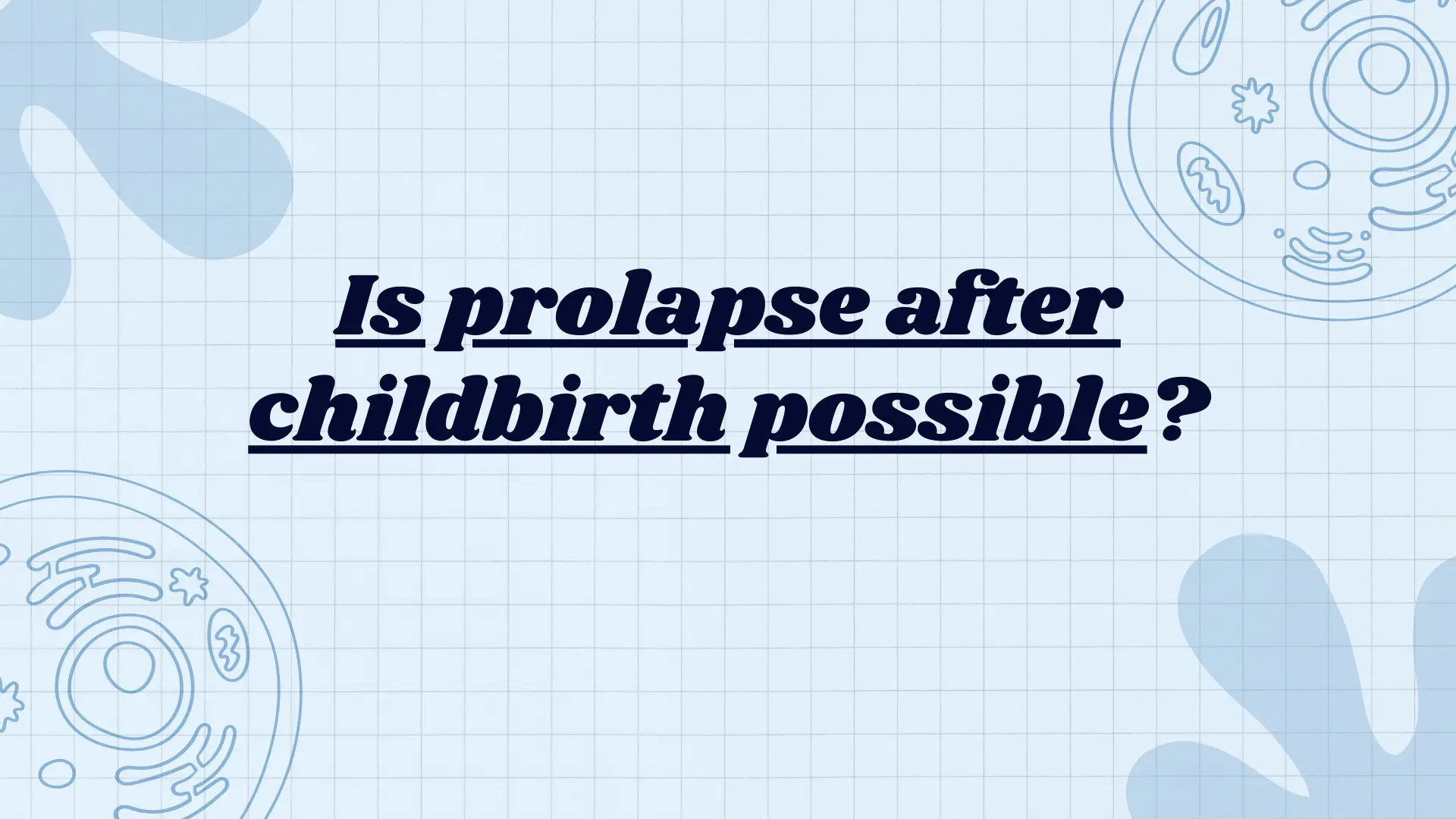Table of Contents
Yes, prolapse may occur after delivery. It appears when one or more pelvic organs, such as the uterus, bladder, or rectum, become dislocated. This can happen during pregnancy, after birth, or later in life. It is not life-threatening but painful and can disturb your daily life. Pelvic organ prolapse is possible in both men and women; however, it is more prevalent in women. Pregnancy and childbirth can weaken or injure pelvic floor muscles and tissues, especially in women who have given birth to several children.

What is prolapse, and what happens during childbirth?
When the muscles and tissues that support your pelvic area weaken and expand due to pregnancy and childbirth, your pelvic organs protrude into your vaginal canal.
Consider how your pelvic muscles hold your uterus, bladder, urethra, and intestine in place. When the pressure of pregnancy and the force of birth pull on that pelvic area, it might lose its integrity, causing the pelvic organs to slide and tilt forward.
When the pelvic floor muscles weaken due to changes during pregnancy, birth, or menopause, an organ (such as the uterus) may slip from its original location in the pelvis and push on the Prolapsed Uterus.
Pelvic organ prolapse is frequently classified into four stages:
- Stage 0: There is no protrusion; the pelvic organs are well supported.
- Stage 1: The pelvic organ (e.g., cervix) has begun descending into the vagina.
- Stage 2: The pelvic organ has fallen just inside the vaginal opening.
- Stage 3: The pelvic organ begins to protrude beyond the vaginal entrance.
- Stage 4: The whole organ is outside the vagina. It is caused by weakening of the pelvic floor’s muscles that support it.
What possible risk factors may be the source of prolapse?
Several variables might raise the risk of postpartum prolapse, including.
- Having a vaginal birth, mainly if the baby is big or the delivery process is lengthy.
- Having several births via the vagina.
- Obesity or being overweight.
- Having a history of prolapsed pelvic organs.
- Smoking.
- Heavy lifting.
- Constipation.
- Muscle weakness in the pelvic floor.
What are the symptoms of prolapse?
Prolapse signs may differ depending on the severity of the illness. Among the most prevalent symptoms are:
- A feeling of heaviness or pressure in the pelvic area.
- A vaginal bulge or protrusion.
- Pelvic, lower back, or hip pain.
- Have trouble emptying your bladder or bowels.
- Urinary incontinence is incontinence of the bladder.
- Fecal incontinence, incontinence of the rectum.
- Sexual issues.
How do I recover from a postpartum prolapse?
Talking about recovery, each patient can regain their symptoms, but sometimes they want support to overcome it.
Pelvic Floor Physiotherapy: The least invasive (and maybe most effective) therapy for postpartum prolapse. Pelvic floor physiotherapy is performing specific breathing, movement, and strength exercises to restore control of your pelvic floor. These particular exercises are designed for walls. When a uterus prolapses, the organ might slide down into the vagina.
Prolapse can damage any pelvic organ; the bladder is the most commonly impacted organ.
To summarize, strong muscles are essential for pelvic floor health. It’s crucial to understand that prolapse is prevalent, it’s not necessarily a serious health issue, and it doesn’t always deteriorate. It may improve with time for some females.
There are different types of prolapse, which were discussed earlier.
S to relieve strain on the pelvic floor and return these muscles to normal function. A pelvic floor physiotherapist will show you how to relax the pelvic floor when necessary (for bowel ejection or sexual intercourse) while restoring the strength needed to keep your pelvic organs in place.
The key, of course, is consistency. If you do your pelvic floor exercise as directed by your pelvic floor expert, you may quickly recover from postpartum prolapse.
How to perform Kegel at home?
- Do Kegel exercises three times a day once you’ve figured out how the movement feels?
- Make sure your bladder is empty before sitting or lying down.
- Tighten the muscles in your pelvic floor. For 3–5 seconds, hold your breath. Count for 3 to 5 seconds while relaxing the muscles.
- Repeat 10 times each day, three times per day (morning, afternoon, and night).
- When performing these exercises, take deep breaths and relax your body. Check that you are not contracting your stomach, thigh, buttock, or chest muscles.
- You should feel better and have fewer symptoms after 4 to 6 weeks. Continue to complete the exercises, but keep the number of repetitions the same. Overdoing it might cause strain while urinating or moving your bowels.
A word of caution:
Once you’ve mastered them, avoid performing Kegel exercises while urinating more than twice a month, and doing the exercises while peeing might weaken your pelvic floor muscles over time and cause bladder and kidney damage.
In women, performing Kegel exercises improperly or with excessive power may cause vaginal muscles to constrict excessively. It might create discomfort during sexual contact.
If you stop completing these workouts, incontinence will return. You may need to do them for the rest of your life if you start doing them.
Once you begin practicing these exercises, it may take months for your incontinence to improve.
As stated in Uterovaginal Prolapse and Non-Surgical Treatment, several strategies should be used to minimize excessive lifting.
What you have to do
You may be surprised to learn that if you gave birth vaginally, you may already have some prolapse. You may already be experiencing symptoms that aren’t indications of prolapse, such as frequent urges to pee, spilling a few drops of urine during running, or coughing. Whether or not you have symptoms, preserving your pelvic floor to prevent mild prolapse from worsening is critical. What you can do is as follows:
- Diet Rich in Fiber: Consume a diet rich in fiber. A balanced, whole-food diet high in fiber helps avoid constipation.
- Perform Kegel exercises. One of the most essential strategies to improve your pelvic floor muscles is to perform Kegels:
- Position yourself. Kegel exercises can be done standing, sitting, or lying. Many women assume that lying down is the most comfortable position.
- Focus and squeeze without contracting your abdominal muscles, thighs, or buttocks and solely tightening the pelvic floor muscles. Breathe normally rather than holding your breath.
- Repeat for ten reps three times each day.
Conclusion
The prognosis for uterine prolapse following delivery is typically favorable. Most women may control their symptoms and live a normal life with therapy.



